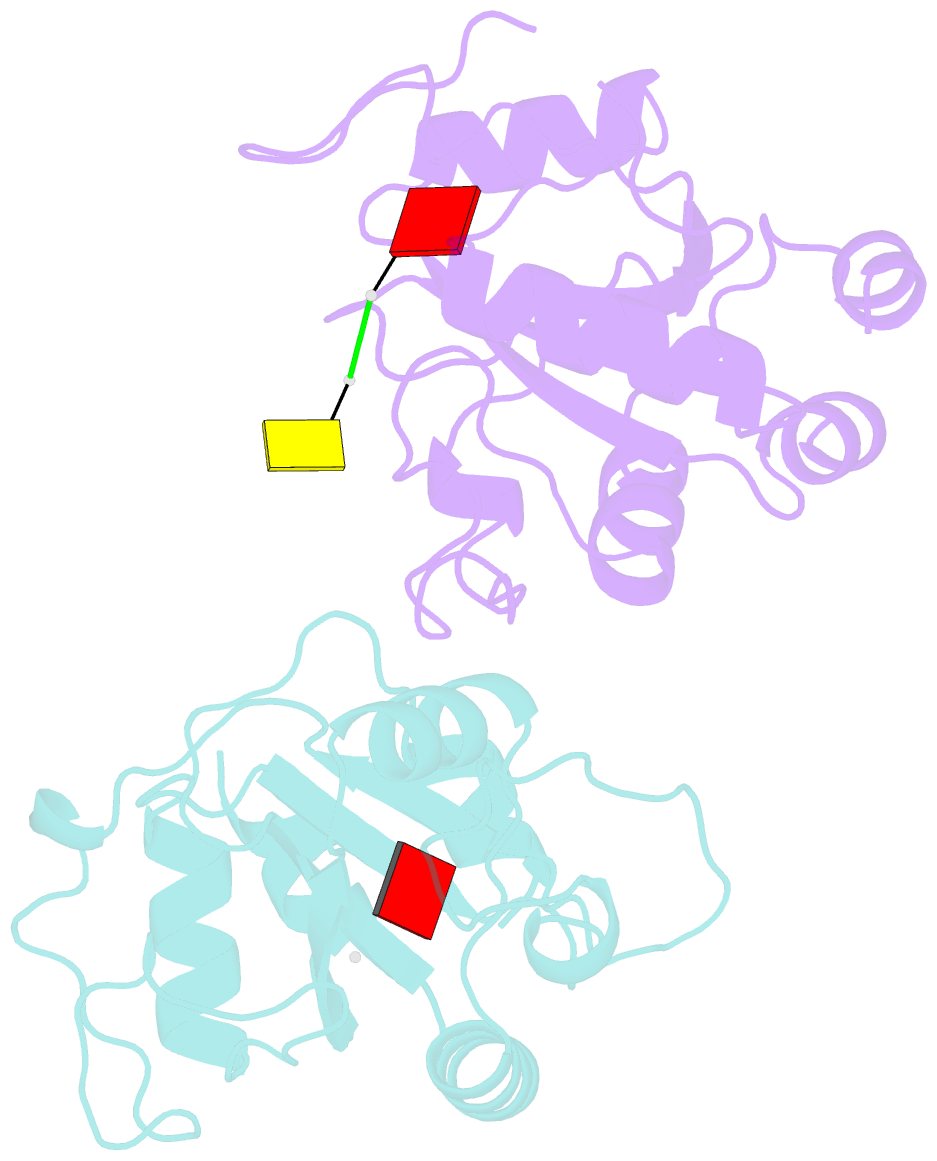Summary information and primary citation
- PDB-id
- 6rt6; SNAP-derived features in text and JSON formats;
DNAproDB
- Class
- RNA binding protein
- Method
- X-ray (1.461 Å)
- Summary
- The yth domain of ythdc1 protein in complex with ggm6ac oligonucleotide
- Reference
- Li Y, Bedi RK, Wiedmer L, Huang D, Sledz P, Caflisch A (2019): "Flexible Binding of m6A Reader Protein YTHDC1 to Its Preferred RNA Motif." J Chem Theory Comput, 15, 7004-7014. doi: 10.1021/acs.jctc.9b00987.
- Abstract
- N6-Methyladenosine (m6A) is the most prevalent chemical modification in human mRNAs. Its recognition by reader proteins enables many cellular functions, including splicing and translation of mRNAs. However, the binding mechanisms of m6A-containing RNAs to their readers are still elusive due to the unclear roles of m6A-flanking ribonucleotides. Here, we use a model system, YTHDC1 with its RNA motif 5'-G-2G-1(m6A)C+1U+2-3', to investigate the binding mechanisms by atomistic simulations, X-ray crystallography, and isothermal titration calorimetry. The experimental data and simulation results show that m6A is captured by an aromatic cage of YTHDC1 and the 3' terminus nucleotides are stabilized by cation-π-π interactions, while the 5' terminus remains flexible. Notably, simulations of unbound RNA motifs reveal that the methyl group of m6A and the 5' terminus shift the conformational preferences of the oligoribonucleotide to the bound-like conformation, thereby facilitating the association process. The binding mechanisms may help in the discovery of chemical probes against m6A reader proteins.
Cartoon-block schematics in six views





